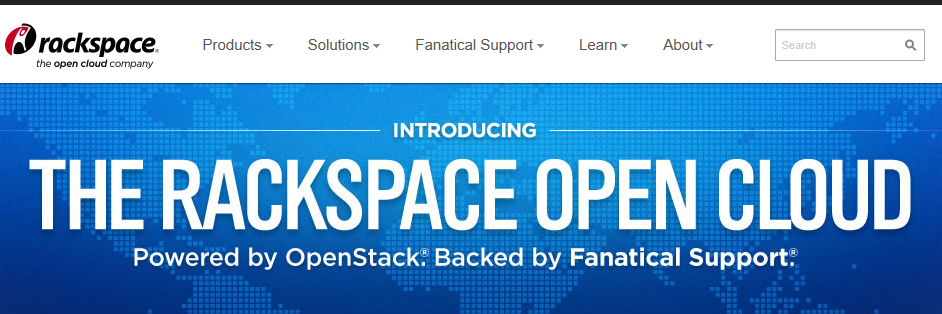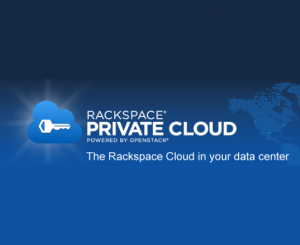Redefining How Applications Are Built And Maintained Using Virtual Servers, RackConnect And OpenStack
10th Aug 2012

On August 1, 2012, Rackspace officially launched their open cloud products, powered by OpenStack®, and shortly after, they shared with their clients and partners that the open cloud is no longer a concept sketched on a whiteboard – it’s a reality. This is great news for us as we’ve been anticipating OpenStack® so much that I had just finished writing this blog just as the announcement hit the market.
The Evolution
A little back-story of our evolution might prove useful in understanding where we are today and why we’re so excited about OpenStack®. When we started in 1998 we, like most start-ups, added servers as the business grew; first running on one server, then two, then three, etc. However, as we continued to grow, managing these servers and fully utilizing the hardware they were running on became increasingly difficult.
In 2007 we made a huge switch to our infrastructure moving all of our servers off of dedicated hardware to virtual servers. Looking back, this was probably one of the better decisions we’ve made over the years because it allows us to use our hardware more efficiently and provides us a robustness and flexibility we only dreamt about when we started the company.
Virtualized servers allow companies to run multiple instances of an operating system, called a virtual machine (VM), on a single server. This provides better hardware utilization because you can run multiple VMs on a single box and move these VMs from hardware to hardware in real-time with no downtime. VMware was a key company who helped pioneer this with their Vmotion technology. Vmotion has helped us improve load balancing our applications and provides a layer of redundancy because the servers are moved automatically when server load increases or in the rare case of the loss of hardware. Infrastructures like this could also include other hardware components such as firewalls, switches and intrusion detection devices, called a Rackspace Private Cloud.

Fast forward to 2011 and virtual machines had become so commonplace you could almost order one up with your coffee at Starbucks. New server instances could be created in minutes instead of days and “spun” up and down as needed. However, there was one problem with these Rackspace Cloud servers; they couldn’t be added to your Private Cloud. Rackspace developed a brilliant solution called RackConnect, which allows you to easily add cloud servers to your private infrastructure. These new servers are virtual machines as well, but they are not running on your hardware like those in your Private Cloud. However, these server act similarly to the other servers in the Private Cloud and can be used to offload jobs and tasks, provide extra capacity where needed, and create dedicated testing and development environments.
With all this power and flexibility, we of course want more power and more flexibility. Why can’t the applications automatically spin up new servers during peak demand and spin them back down when they aren’t needed? How do we isolate ourselves and our customers from changes in technology? How do we make all of this technology more portable?
The Technology – OpenStack®
Again, Rackspace is on the forefront of technology and with their cloud servers powered by OpenStack®. On the surface, OpenStack® seemed like an alternative to VMware; however, it is much more than that. OpenStack® makes your entire infrastructure more open, portable and configurable than ever before. It also has an open set of APIs that allows your applications to “talk” to the hardware. Need additional capacity due to the busy holiday shopping season or being publicized on national TV? No problem. Applications will automatically “sense” these events and add or remove additional capacity as needed. Not happy with your current hosting provider? Again, not a problem; with OpenStack® you can move your entire infrastructure somewhere else.
Last month these activities were just another dream, but today, Rackspace’s OpenStack® is making it a reality! And because Rackspace is all about what’s right for their customers, you still have a choice as Managed Dedicated Hosting and Hybrid Hosting remain a huge part of their business and will continue to be. You can pick the solution that works best for you. As a leader in technology, it’s amazing where the future is going with OpenStack®. It makes me wonder what they’ll come up with next!

